Can You Sail Alone & In What Sailboats? (Size & Type)
Before you set sail alone, you need to understand the risks and challenges involved, such as falling overboard and not being able to get back on or being overwhelmed by any boat problems that may arise. To help you avoid such situations, you should know a few things when considering solo sailing and what types and sizes of sailboats you should opt for.
You can sail alone, but the recommended sailboat size is under 46 feet, as anything larger can be difficult to handle. The maximum size for single-handed sailing is under 35 feet. Smaller boats with lengths of no more than 27 or 28 feet are highly recommended, as they are easier to handle alone.
Specific sailboats are designed for single-handed sailing, such as the Tartan 3700, Hunter Channel 31, and J boats 109. These sailboats are created with features that make them easier to maneuver, such as self-tacking jibs and autopilot systems. Let's get to know other specific sailboat models and what type of sailboats they fall under.
Summary
- If you're a beginner or have limited experience, smaller boats in the 10–20-foot range are ideal for solo sailing.
- Sailboats with a canting keel or ballast system are ideal for solo sailing.
- Sailboats with automation systems, electric winches, and electric windlasses make it easier to handle the boat alone.
- A well-designed boat with efficient rigging will make it easier to handle even when you're alone.
- Keelboats are perfect for solo sailing in rough seas, as their fixed keel provides them stability and helps prevent the boat from capsizing.
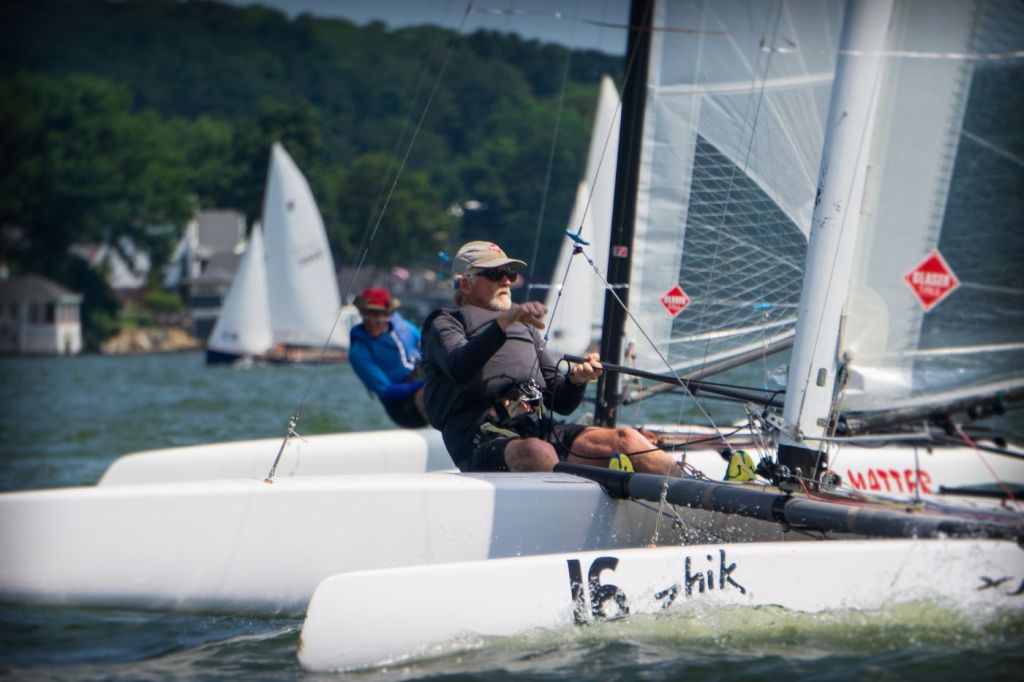
Sailboats For Solo Sailing
Below is a table showing a few of the top sailboat choices suitable for solo sailing:
| Sailboats for solo sailing | Type | Length | Features |
|---|---|---|---|
| Laser | Dinghy | 13.8 ft | Lightweight, easy to handle |
| Melges 14 | Dinghy | 14 ft | Fast, responsive, easy to rig |
| Sunfish | Dinghy | 13.9 ft | Lightweight, easy to rig, stable |
| J/70 | Keelboat | 23 ft | Fast, responsive, easy to handle |
| Beneteau First 20 | Keelboat | 20 ft | Stable, easy to handle, good for longer trips |
| Catalina 22 | Keelboat | 22 ft | Stable, good for longer trips |
| Hunter 260 | Cruising boat | 26 ft | Stable, good for longer trips, has a cabin |
Ideal sailboat size for solo sailing
The size of the sailboat will impact your safety, comfort, and the activities you can do aboard the boat. Here are the different sizes of sailboats that are suitable for solo sailing:
Small sailboats for solo sailing
Small sailboats are ideal for beginners who want to sail solo. These sailboats are easy to handle and require minimal maintenance.
They are also affordable and can be towed behind a car. Small sailboats range from 8 to 16 feet in length and can be sailed in calm waters.
Some popular small sailboats for solo sailing include:
- Laser
- Sunfish
- Hobie Cat
Medium-sized sailboats for solo sailing
Medium-sized sailboats are larger and more complex than small sailboats. They require more maintenance and are more expensive. Medium-sized sailboats range from 20 to 30 feet in length and can be sailed in both calm and rough waters.
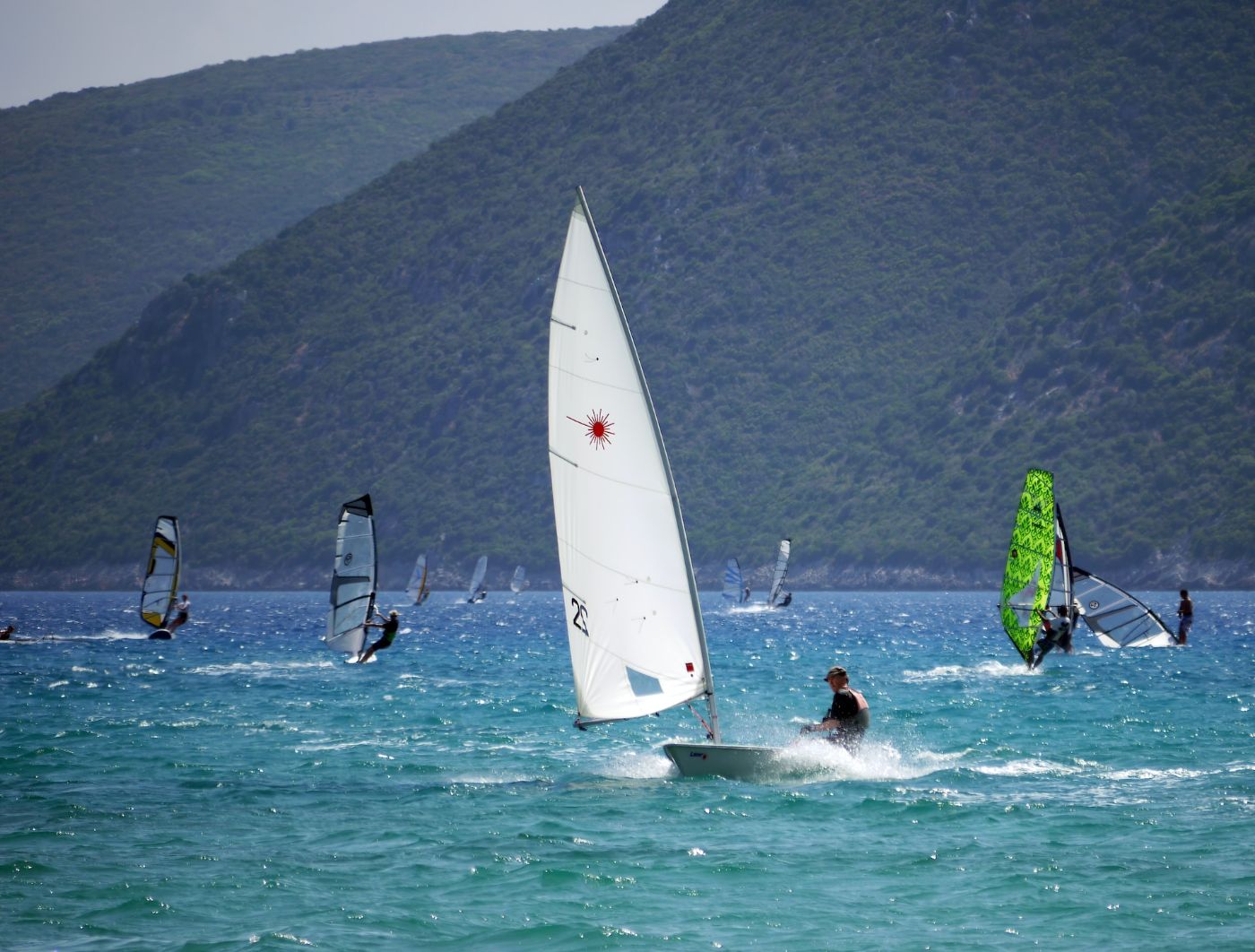
Some popular medium-sized sailboats for solo sailing include:
- Catalina 250
- Hunter 260
- Island Packet 27
Large sailboats for solo sailing
Large sailboats are suitable for experienced sailors who want to sail solo on long-distance voyages. These sailboats are the largest and most complex of all sailboats.
They require a lot of maintenance and are the most expensive. Large sailboats range from 30 to 40 feet in length and can be sailed in all types of waters.
Some popular large sailboats for solo sailing include:
- Beneteau Oceanis 38.1
- Jeanneau Sun Odyssey 389
- Bavaria Cruiser 37
To get more insight on this, you can also read our article on What’s the Largest Boat One Person Can Operate?
Types of sailboats suitable for solo sailing
There are several types of sailboats that are suitable for solo sailing. Some of the most popular types are the following:
Dinghies are perfect for short solo trips
These small, lightweight boats are easy to handle and are perfect for solo sailing. They are also great for beginners who are just learning to sail. Dinghies are perfect for short solo trips and racing due to a number of reasons:
- They are small and lightweight, which makes them easy to handle and maneuver. This means that a solo sailor can easily control the boat without the need for additional crew members.
- They are fast and responsive, which makes them ideal for racing and short trips. They are designed to be sailed in relatively calm waters, such as lakes and sheltered bays, which are perfect for short solo trips.
- They are relatively inexpensive compared to other types of sailboats. They are also easy to transport, which means that a sailor can easily take their dinghy to different locations for solo sailing adventures.
- They offer a great way to develop sailing skills, as they require a high level of skill and concentration to sail effectively. Solo sailing a dinghy can help a sailor develop the skills and confidence needed to sail larger boats in the future.
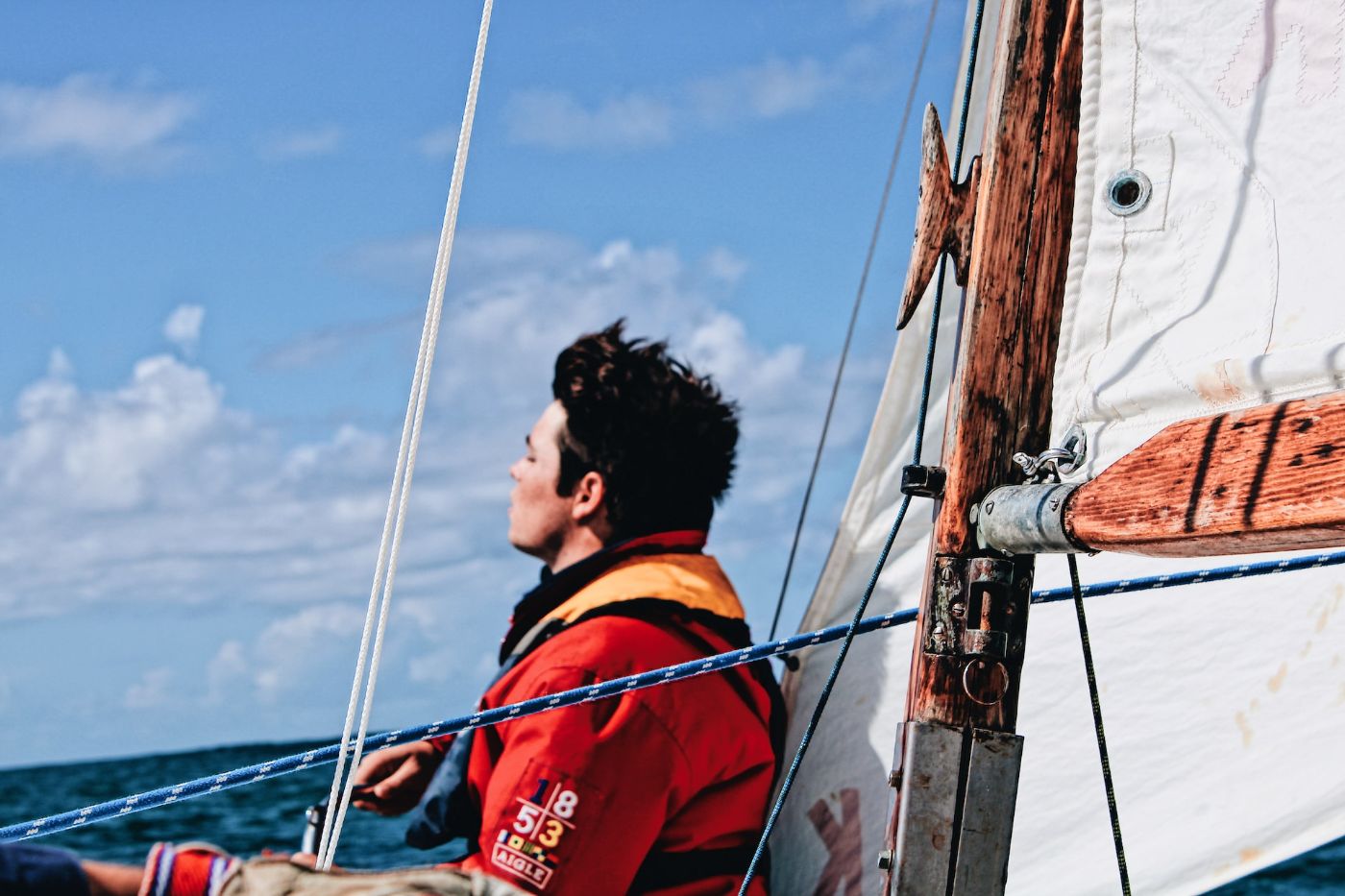
Examples of dinghies suitable for solo sailing include the following:
- Laser
- Sunfish
- Optimist
Keelboats are a good option for solo sailing in rough waters
Keelboats are larger than dinghies and have a fixed keel, which provides stability. They are also easy to handle and are suitable for solo sailing.
Keelboats are a good option for solo sailors who want to sail in rougher waters. They are more stable than dinghies and can handle stronger winds.
Since keelboats have a fixed keel, it provides them stability and helps to prevent the boat from capsizing in rough waters. This means that a solo sailor can sail with greater confidence and safety in rough conditions. Examples of keelboats suitable for solo sailing include the following:
- J/24
- Etchells
- Melges 24
Cruising boats are ideal for extended solo trips
Cruising boats are a popular choice for solo sailors who want to embark on extended trips. These boats are designed to be comfortable and safe for long periods of time at sea.
They typically have larger cabins, more storage space, and more amenities than smaller boats. However, they also require more experience and skill to handle.
Examples of cruising boats suitable for solo sailing include:
- Island Packet 38
- Hunter 36
- Catalina 320
These boats are designed for comfort and safety, with spacious cabins and plenty of storage space for supplies and equipment. Island Packet 38 is considered one of the best bluewater sailboats that are worthy to consider for solo sailing.
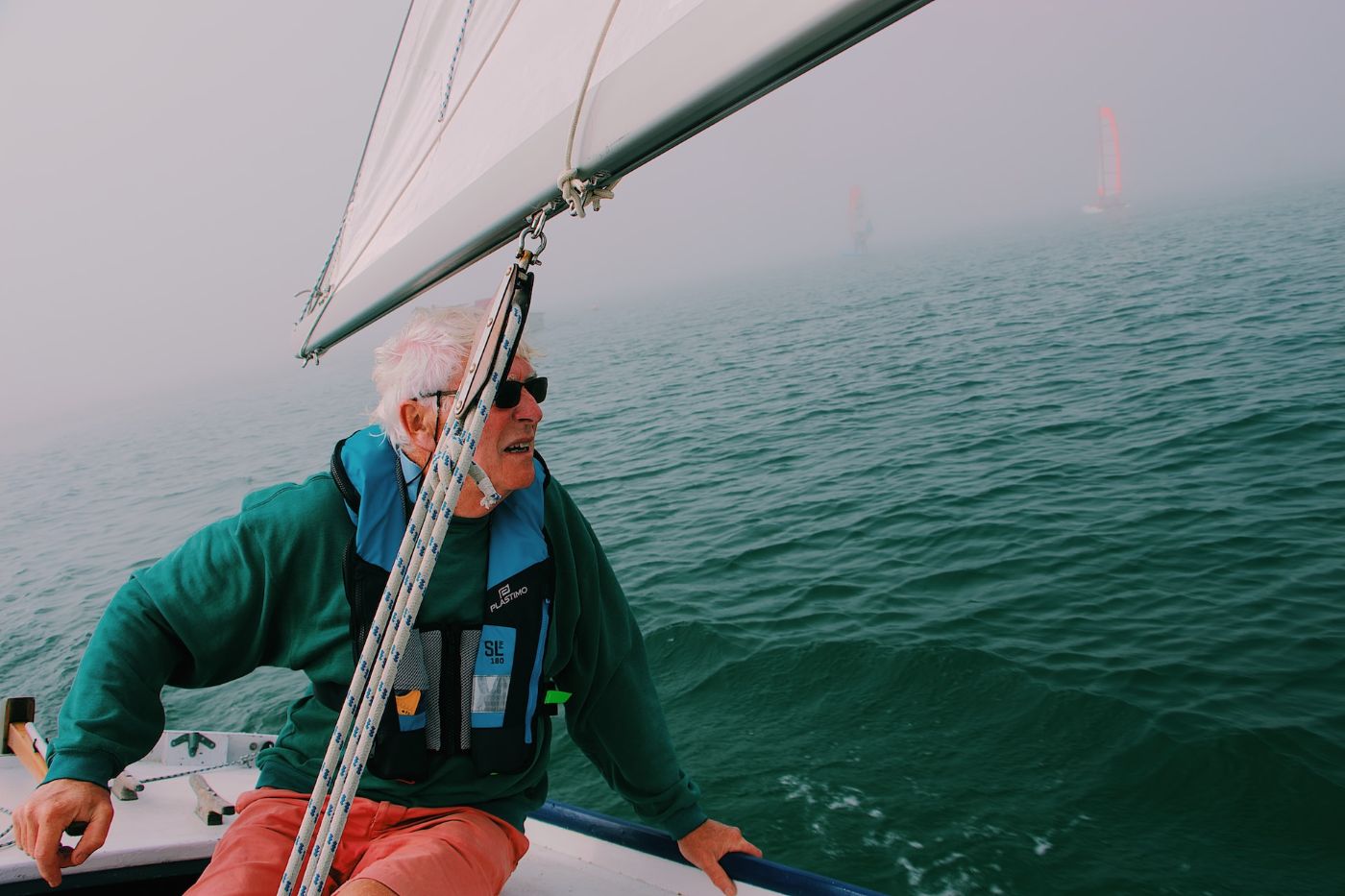
Need more examples of sailboats that can be sailed single-handedly? Here's an article for you.
The Basics Of Solo Sailing
Sailing alone is possible, and there are many sailboats designed for single-handed sailing. However, before you set sail alone, you first need to understand the risks and challenges involved, as well as the essential skills you need to learn.
Risks and challenges of solo sailing
Here are a few risks and challenges that you may encounter when solo sailing:
- Isolation: Solo sailors spend extended periods of time alone on their boats, which can be mentally and emotionally challenging. The isolation can lead to feelings of loneliness, boredom, and even depression.
- Physical strain: Sailing a boat solo requires a lot of physical exertion, including hoisting sails, navigating, and performing maintenance tasks. This can be especially challenging during rough weather conditions.
- Equipment failure: When sailing solo, there is no one else to help if equipment fails or if there is an emergency. This means that solo sailors must be skilled in troubleshooting and repairing their boats, and must be prepared to handle any situation that arises.
- Weather conditions: Solo sailors must be able to navigate and handle their boats in a variety of weather conditions, including storms and high winds. They must also be able to make quick decisions in order to avoid dangerous situations.
- Sleep deprivation: Solo sailors must be able to function on very little sleep, as they are often required to stay awake for long periods of time in order to navigate and monitor their boats.
Essential skills for solo sailing
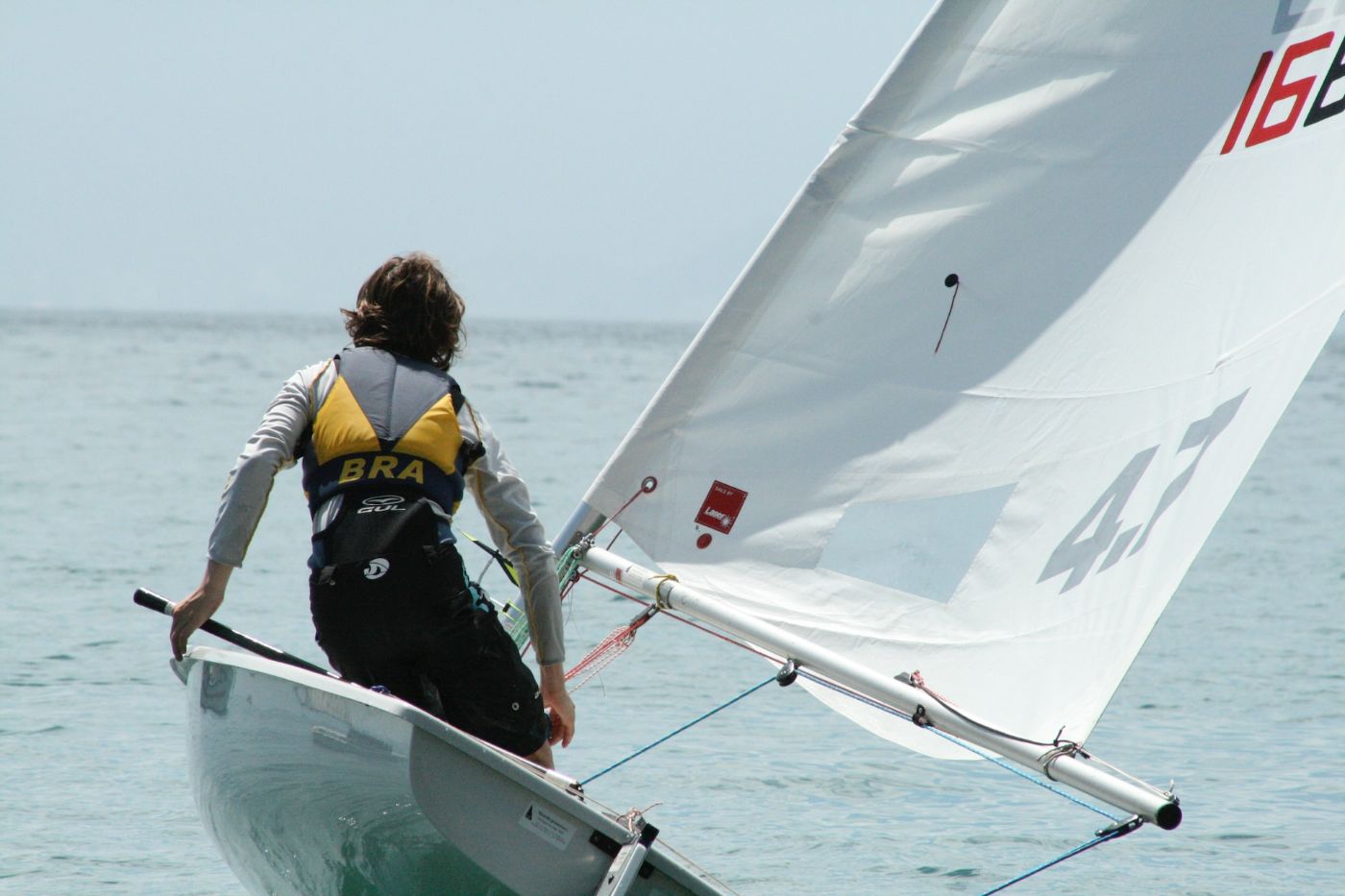
To sail alone safely, you need to have a range of skills and knowledge, including the following:
-
Sailing skills: You should have a good understanding of how to sail your boat, including how to handle the sails, steer the boat, and navigate. Here are 5 pro tips on how you can raise the mainsail single-handedly.
-
Safety skills: You should know how to handle emergency situations, such as man overboard, capsize, or collision. You should also have a good understanding of basic first aid.
-
Navigation skills: You should be able to navigate using charts, GPS, and other tools. You should also have a good understanding of weather patterns and how they can affect your sailing.
You can refer to this article for a list of the most important single-handed sailing equipment you will need in your journey.
- Maintenance skills: You should be able to perform basic maintenance on your boat, including checking and repairing equipment.
- Communication skills: You should be able to communicate effectively with other sailors, marinas, and emergency services if needed.
Did you find the answer to your specific question?
👍 2 👎 0

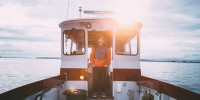
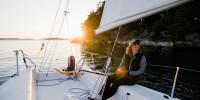
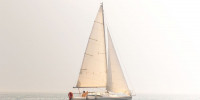
Leave a comment